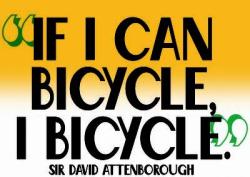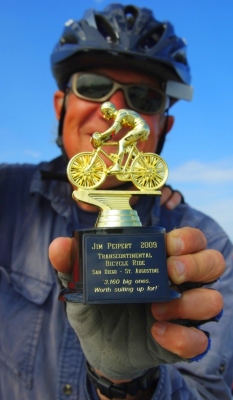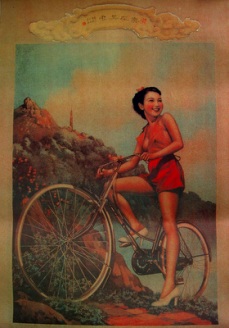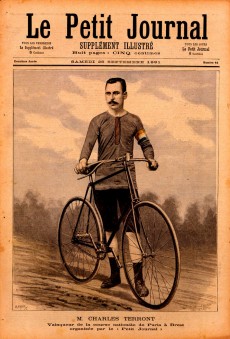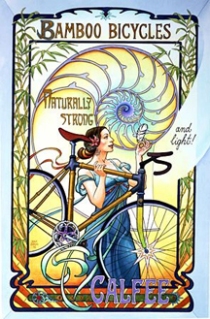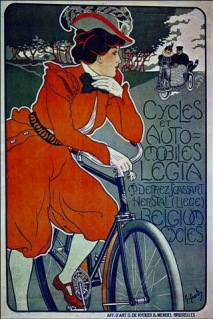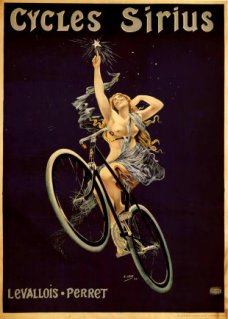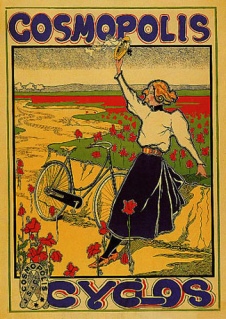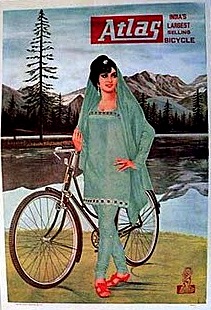 Preparations for Super Bowl XLV are in full swing in Fort Worth, so I hopped on my bike and rode downtown several times this week to see what all the hype is about. It seems like a pretty big deal, judging from the transformation of Sundance Square into what some artists in hyperbole are calling the center of the sports universe for the coming week.
Preparations for Super Bowl XLV are in full swing in Fort Worth, so I hopped on my bike and rode downtown several times this week to see what all the hype is about. It seems like a pretty big deal, judging from the transformation of Sundance Square into what some artists in hyperbole are calling the center of the sports universe for the coming week.
The cable sports network ESPN selected Sundance Square in downtown Fort Worth to anchor its broadcasts during Super Bowl week, which starts Monday. ESPN will begin its 80 hours of live radio and TV broadcasting at 5 a.m. Monday from an outdoor stage erected this past week in a Sundance Square parking lot between Houston and Main streets.
Fort Worth is playing host to the Pittsburgh Steelers, American Football Conference champions, and Dallas is hosting the Green Bay Packers, champions of the National Football Conference. It’s another demonstration of the longtime rivalry — or the new buzzword “regional cooperation” — between the two North Texas cities.
The hype will climax Feb. 6 when the Steelers and Packers clash at Cowboys Stadium in Arlington, which is actually quite a bit closer to Fort Worth than to Dallas. But geography-challenged sportscasters persist in saying that the Super Bowl is being played in Dallas.
 ESPN has positioned its Fort Worth stage so that the network’s cameras capture as a backdrop a mural depicting a cattle drive and two downtown skyscrapers, the D.R. Horton and Wells Fargo towers. On Main Street, a streetwide football field has been laid out on a raised platform, presumably to serve as a set for ESPN talking heads to analyze the Steelers’ and Packers’ offenses and defenses.
ESPN has positioned its Fort Worth stage so that the network’s cameras capture as a backdrop a mural depicting a cattle drive and two downtown skyscrapers, the D.R. Horton and Wells Fargo towers. On Main Street, a streetwide football field has been laid out on a raised platform, presumably to serve as a set for ESPN talking heads to analyze the Steelers’ and Packers’ offenses and defenses.In Sundance Square near the ESPN stage is a huge, seven-ton sculpture/trophy — I’m not sure what to call it — fabricated by Fort Worth-based Thornton Steel. The “Cradle of Champions” monument is intended to honor Texas high school football players who went on to play professionally. The structure is made from steel recycled from the old home of the Dallas Cowboys, Texas Stadium in Irving, and bits of steel donated by high schools around the state. Did I mention that football is a BFD in Texas?
City officials have been touting Fort Worth’s mix of western heritage and world-class art museums — “Cowboys and Culture,” they say.
I wonder how many of the Super Bowl visitors will take in the exhibits at the Kimbell Art Museum, the Amon Carter Museum of American Art or the Modern Art Museum of Fort Worth. My bet is on the downtown nightspots, such as a newly opened Mexican-themed sports cantina called Ojos Locos (Crazy Eyes), where waitresses called “chicas” serve cold beer in 60-ounce or 100-ounce cyclinders called “balons.”
See you there!



































